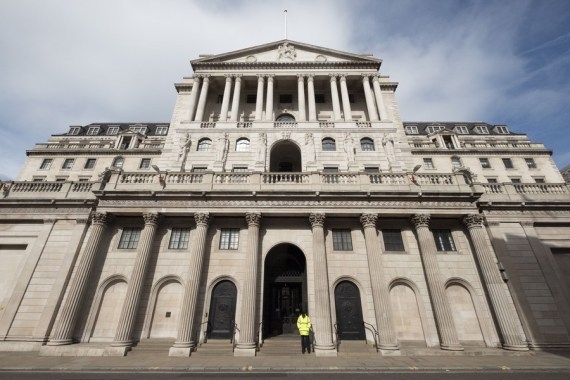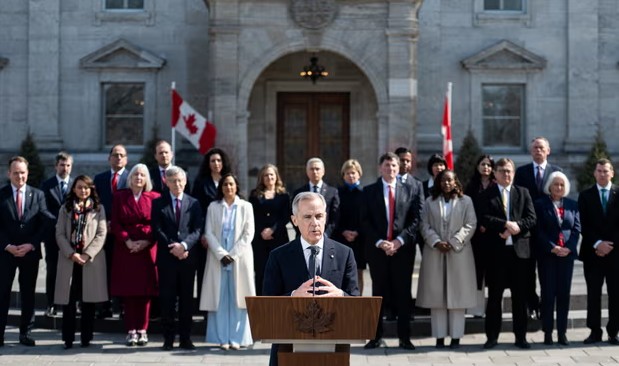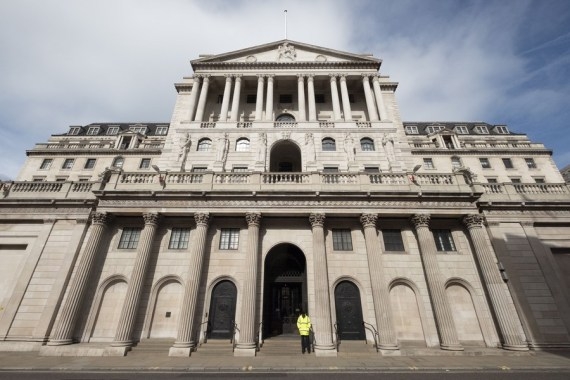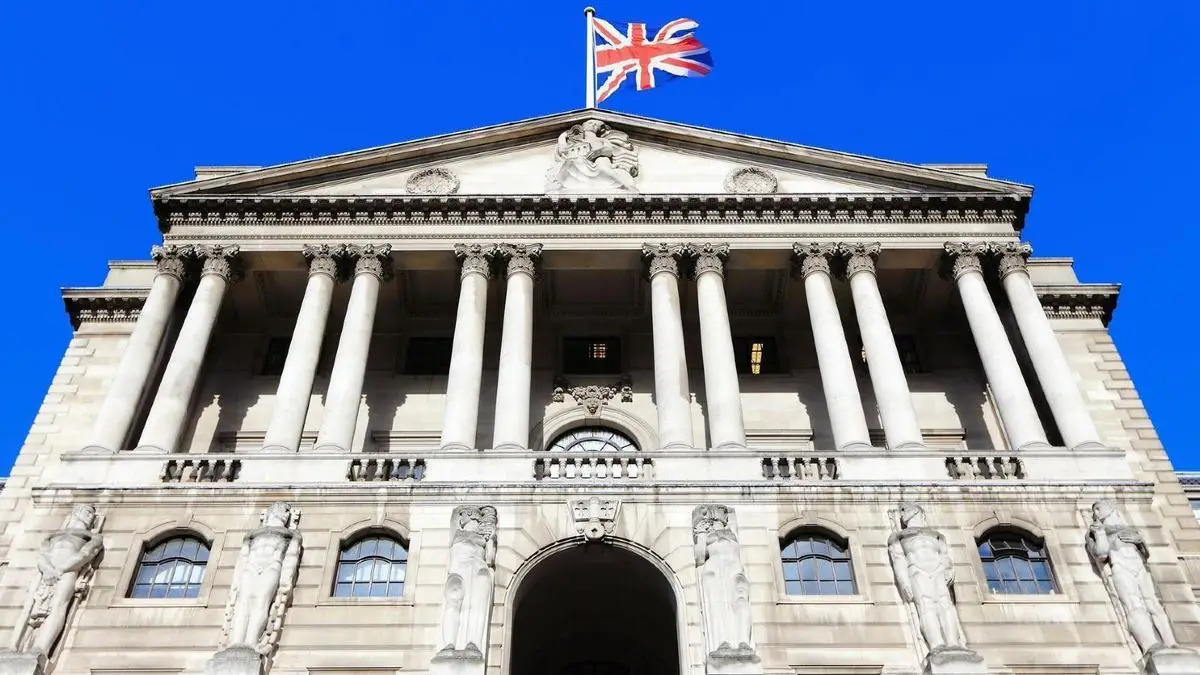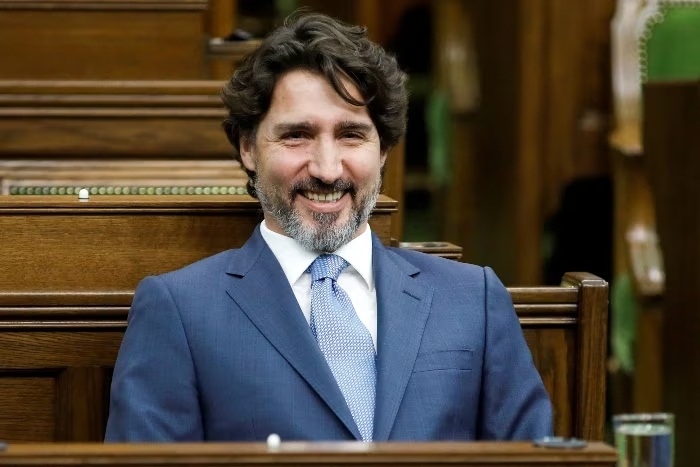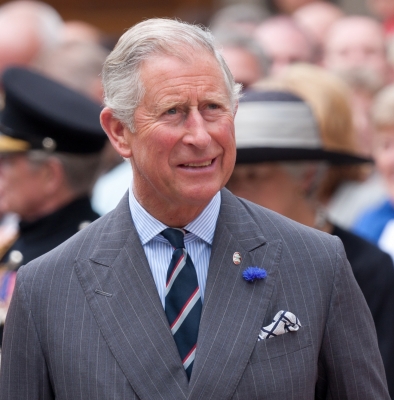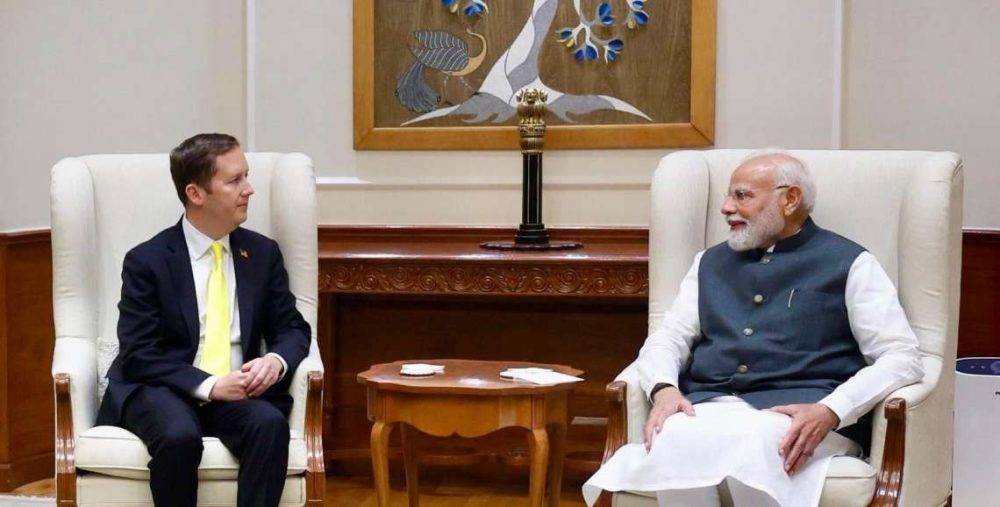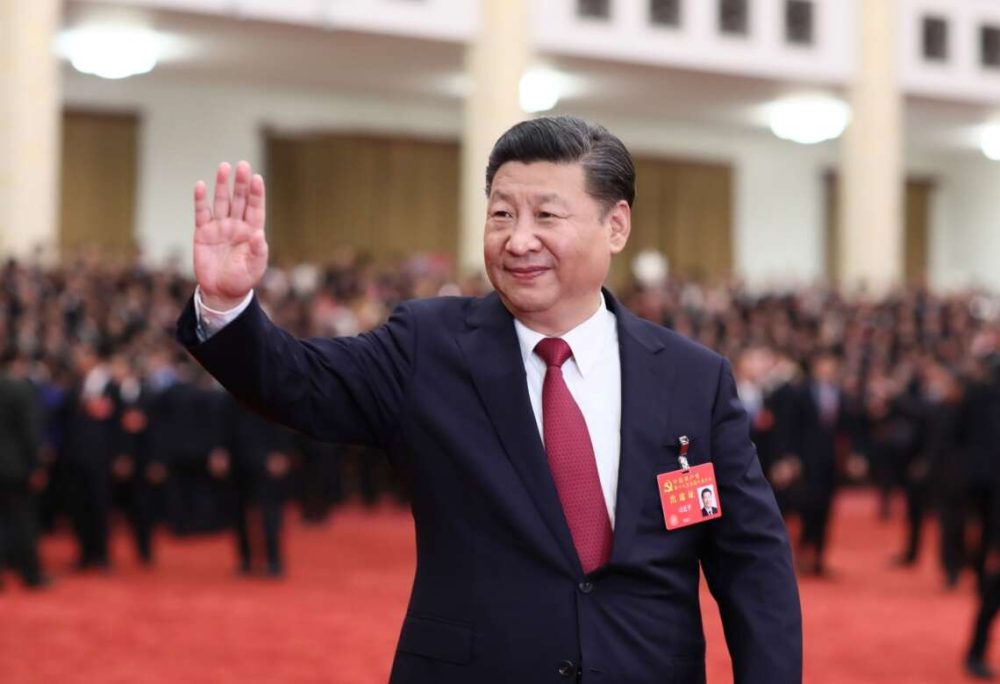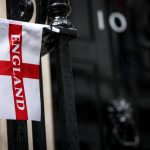The central bank’s 11th consecutive rate hike takes benchmark borrowing costs to 4.25%, the highest since October 2008…reports Asian Lite News
The Bank of England hiked interest rates by a quarter of a percentage point Thursday, extending its long-running fight to rein in prices after a surprise increase in inflation in February.
The central bank’s 11th consecutive rate hike takes benchmark borrowing costs to 4.25%, the highest since October 2008. Like other major central banks, it has pushed ahead with raising rates despite recent turmoil in the banking sector.
The Bank of England said in a statement that since its last meeting in February, inflation “had surprised significantly on the upside and the near-term path of GDP was likely to be somewhat stronger than expected previously.”
Employment growth had also been more robust than anticipated and household disposable income was now expected to remain flat in the near term — rather than falling significantly — after the government extended its support for energy bills, the bank added.
It said that it would raise rates further “if there were to be evidence of more persistent [price] pressures.”
UK consumer prices surged by 10.4% in February compared with a year ago, the first rise in inflation in four months, as food prices soared and the cost of visiting restaurants and hotels increased. The Office for National Statistics noted particular price rises for some salad and vegetable items, partly caused by shortages, which led to rationing by supermarkets.
In a letter Thursday to finance minister Jeremy Hunt, Bank of England governor Andrew Bailey said inflation had “increasingly been driven also by factors that are more domestic,” in particular labor shortages.
However, wage growth, which remains below inflation, was expected to fall back “more quickly” than projected in February, Bailey added.
The Office for Budget Responsibility, the government’s fiscal watchdog, expects inflation to fall rapidly, reaching around 3% in the final quarter of this year, helped by falling energy prices and further easing of supply bottlenecks. The Bank of England targets an inflation rate of 2%.
The turmoil in the banking sector has increased uncertainty over the inflation outlook, because banks are now widely expected to tighten lending criteria, which would weigh on consumer demand and business investment, and so alleviate price pressures.
The Bank of England said it would “continue to monitor closely” any effects from the banking crisis on credit conditions faced by households and firms. It added that the UK banking system “remains resilient.”
The Bank of England’s job is made even more complicated by the fact that the UK economy is expected to shrink this year.
People out and about in the rain along the market area on Watney Street in Shadwell on 8th March 2023 in London, United Kingdom.
The British Chambers of Commerce said Thursday’s hike, while necessary to fight inflation, would pile further pressure on small businesses, which are facing a double-whammy from rising prices and rising borrowing costs.
“The only way out of this vicious cycle is through taking action to boost economic growth, through investment in infrastructure, skills, and global trade,” said David Bharier, head of research at the business group.
Some economists said the central bank might even be mulling rate cuts by the end of the year.
“With a flagging economy and lower energy costs still set to drive a significant fall in inflation this year, despite February’s surprise increase, the case for cutting interest rates is only likely to grow,” commented Suren Thiru, economics director at the Institute of Chartered Accountants in England and Wales.
The Bank of England has now raised interest rates at each of its rate-setting meetings since December 2021.
The European Central Bank, the US Federal Reserve and the Swiss National Bank have also raised interest rates in the past week.
Luke Bartholomew, senior economist at the U.K.-based fund manager abrdn, said he expects Thursday’s move to be the last rate increase of this cycle because the impact of past hikes and recent market volatility will begin to slow economic growth.
“However, there is still a significant risk of one final rate increase if inflation proves to be a bit stickier in coming months,” he said.
The Bank of England will have to make that decision in an even more complex environment than other central bankers.
A high level of dependence on natural gas and limited storage capacity left British energy users particularly exposed to the surge in global gas prices following Russia’s invasion of Ukraine. Britain also is still adjusting to the impact of leaving the European Union, which reduced trade with its neighbors, curtailed the supply of cheap labor and slowed economic growth.
Treasury chief Jeremy Hunt applauded the central bank’s decision.
“With rising prices strangling growth and eroding family budgets, the sooner we grip inflation the better for everyone,” he said.
ALSO READ-Bank of England consider plans for a digital pound


